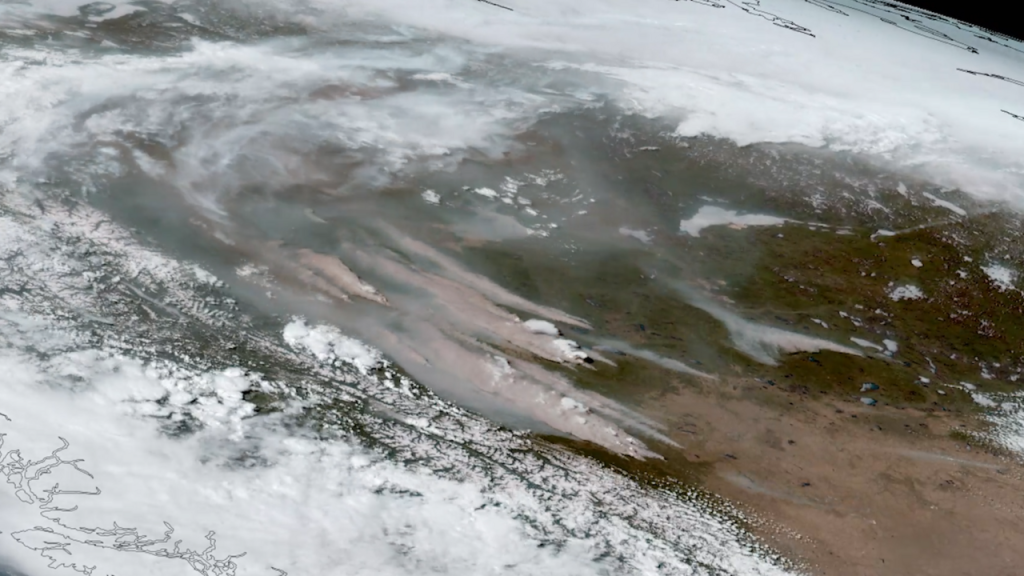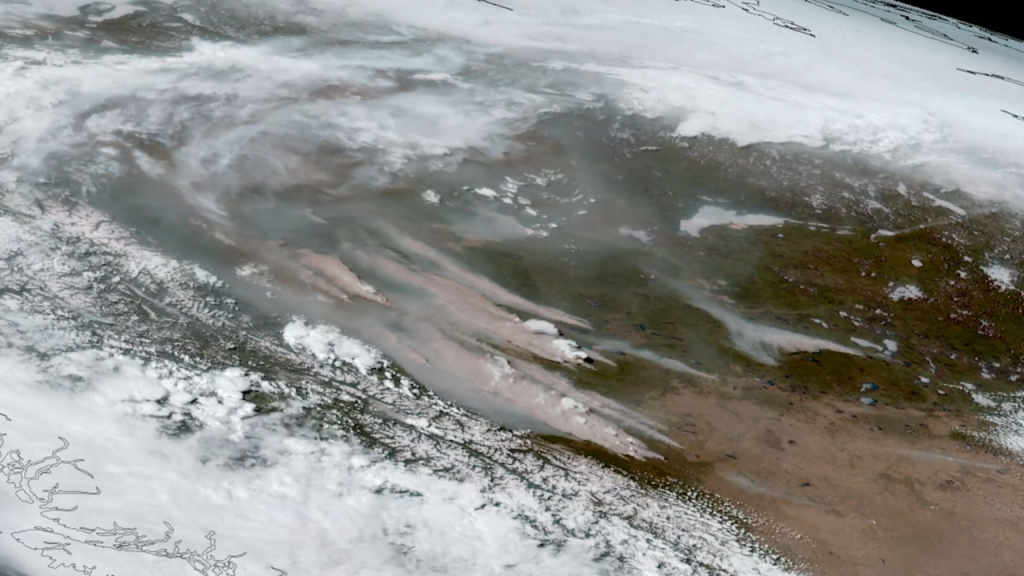
Explainer: Canada is experiencing its worst-ever wildfire season

By Anders Lorenzen
Wildfires are not a strange phenomenon in Canada. But already, with summer having barely started, this season is predicted to be the worst season for wildfires ever recorded in the country.
Canada spans the Earth’s second-largest landmass, and 42% of it is covered by forest. The country is currently on track for its worst-ever year of wildfire destruction, with ongoing warm and dry conditions predicted to last until the end of the summer.
The unprecedented start to the fire season has seen blazes burning in nearly all of Canada’s provinces and territories. Government officials have warned of increased wildfire risk in most of the country through August.
The French-speaking territory of Quebec in eastern Canada is currently the worst impacted due to multiple fires.
Michael Norton, an official with Canada’s Natural Resources Ministry, explained the current situation: “The distribution of fires from coast to coast this year is unusual. At this time of the year, fires usually occur only on one side of the country at a time, most often that being in the west.”
In large parts of eastern Canada, fires have been building up rapidly recently.
The role of climate change
Yan Boulanger, a researcher with Natural Resources Canada, offered some scientific explanation about what is happening: “Over the last 20 years, we have never seen such a large area burned so early in the season. Partially because of climate change, we’re seeing trends toward increasing burned area throughout Canada.”
By the 4th of June, around 3.8 million hectares had already burned – this is around 13 times higher than the 10-year average. More than 126,000 people have been at least temporarily forced from their homes.
Ironically wildfires have also impacted oil and gas production in the oil territory of Alberta. With much controversy, Alberta continues to conduct oil production through tar-sand extraction, a highly polluting activity, with high carbon release and environmental damage to biodiversity.
Trudeau’s climate efforts
When Canada’s current Prime Minister Justin Trudeau took office in 2015, he pledged to take action on climate change, but it has been much harder than maybe he envisaged to deal with the power and influence of the conservative and economic powerhouse of Alberta with its fossil fuel wealth. Thus Trudeau has struggled to bring down emissions, while activists and climate advocates argue that unless you wind down the destructive tar-sands activity, there can be no meaningful climate policies.
The extreme weather events and the dry conditions causing the wildfires in Canada right now can’t be solely attributed to climate change. But climate change does contribute to the severity and frequency of such events. The increase in the frequency and severity of wildfires, not just in Canada but across the world, is consistent with what climate models have been predicting as temperatures increase.
In the wake of the wildfires, Trudeau took to Twitter to single out the role climate change plays in the wildfires: “Year after year, with climate change, we’re seeing more and more intense wildfires – and they’re starting to happen in places where they don’t normally. To make sure we’re keeping people safe, we’ve invested in community-based firefighters across the country”. It is remarkable, however, that in his statement he paints climate change as the reason, and he speaks of the resources he is deploying to fight the wildfires but makes no mention of efforts to reduce fossil fuel activities and emissions.
Currently, over 400 wildfires are active across Canada.